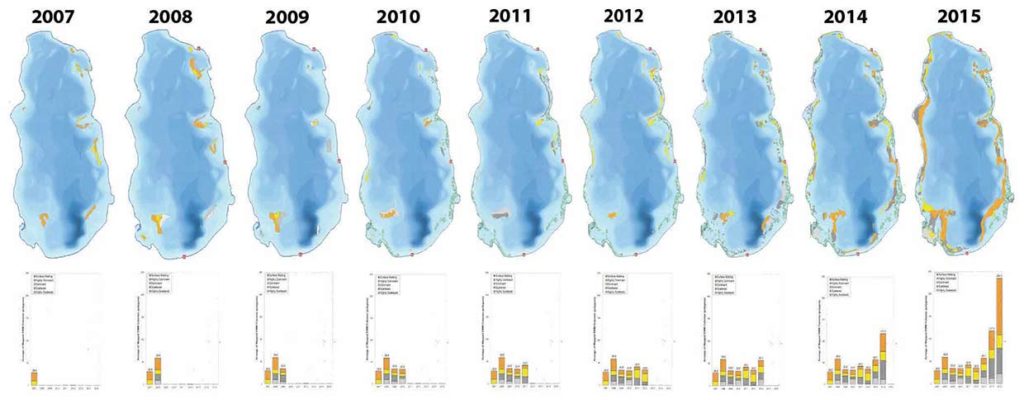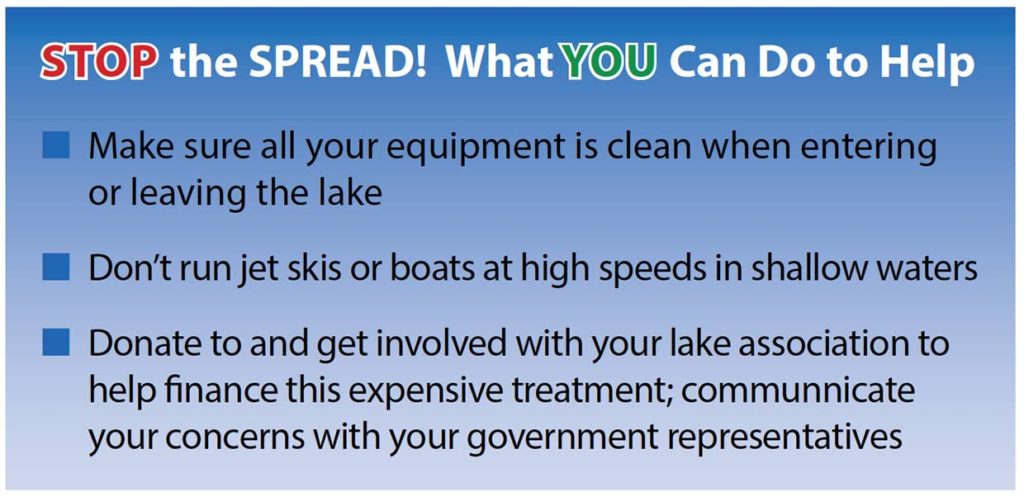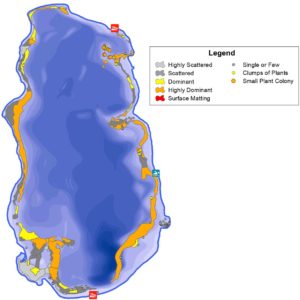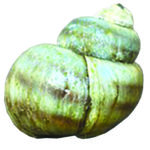Invasive Species in Lake Metonga
Unfortunately, Lake Metonga is also the home to several aquatic invasive species. These invasives were introduced into the lake through recreational users over the years. Many additional species of invasives have been found in other Wisconsin waters, but not in Lake Metonga. Therefore, it is extremely important for everyone to follow the Clean Boats / Clean Waters Initiative to protect all Wisconsin lakes, rivers, streams and wetlands. The Lake Metonga Association has CB-CW staff at both boat launches during busy summer hours to assist. You can help by making sure that your boat trailer, bilge and live wells are clean of any milfoil or other invasives before entering and when leaving Lake Metonga.



Eurasian Water Milfoil (EWM)
Eurasian Watermilfoil (EWM) was once a very common aquarium plant, and it may have spread to the natural environment when someone carelessly dumped the contents of their unwanted aquarium into the wild. A single fragment of the plant can infest an entire lake within two years!
Fragments can be churned up by boats, jet skis and swimmers. Jet skis and boats operating at high speeds in shallow waters where milfoil is most prevalent (typically 5 to 15 feet in Lake Metonga) are particularly problematic as they churn up the lake bottom sediments and milfoil fragments making for a well-fertilized seedbed for the pervasive weed.
 Watermilfoil establishes early in the season, shading out native species which is attributed to a decline in aquatic plant and animal diversity. EWM is unsightly, harms lake recreational & fishing value, spoils beaches, and is responsible for numerous drownings in several states. lt spreads from lake to lake on the underside of boats & trailers, in bilge water & live wells, fishing equipment, diving gear, water skis... anything that has contact with the water! Milfoil was brought into Lake Metonga by a visiting boater to the north boat launch in 1998. Like Lake Metonga, it has now spread to over 800 lakes, ponds, rivers and wetlands in Wisconsin. (Source: “Aliens Among Us” website, DNR)
Watermilfoil establishes early in the season, shading out native species which is attributed to a decline in aquatic plant and animal diversity. EWM is unsightly, harms lake recreational & fishing value, spoils beaches, and is responsible for numerous drownings in several states. lt spreads from lake to lake on the underside of boats & trailers, in bilge water & live wells, fishing equipment, diving gear, water skis... anything that has contact with the water! Milfoil was brought into Lake Metonga by a visiting boater to the north boat launch in 1998. Like Lake Metonga, it has now spread to over 800 lakes, ponds, rivers and wetlands in Wisconsin. (Source: “Aliens Among Us” website, DNR)
Please be proactive and help keep EWM under control in Lake Metonga and throughout Wisconsin!
In 2015, milfoil in Lake Metonga was at its worst as indicated in the map shown at the right by the various colored areas around the perimeter of the. Please exercise caution in these areas where milfoil can become a serious problem.

Zebra Mussels
It appears that the zebra mussel population has stabilized. Five collection platforms are set out around the lake. The Mole Lake Fishery Biologist, Mike Preul, is monitoring the calcium levels in the lake, densities and color changes in the shells of the mussels. We know that the mussels have a 2 to 3 year cycle, but overall lake impacts are still unknown.

Photo Courtesy Jeff Gunderson
Rusty Crayfish
Rusty Crayfish have been in the lake since the 1970’s. Although many people have enjoyed trapping and eating the crayfish for many years, they are an invasive species. The crayfish compete for food with native species, as they eat fish eggs, aquatic insects, and also negatively affect aquatic vegetation. The crayfish nearly decimated the native plant population throughout the 1970’s and 1980’s.

Banded Mystery Snail
The DNR has confirmed that snails (about the size of a quarter) found along the shore just north of Farmer’s Bay are Banded Mystery Snails. According to the DNR representative, these snails are native to southeast USA and are in many WI lakes as invasives, adding: “There is no known ecological impact of the snails presence and there is no treatment other than physical removal when you find them.” More information is contained in the following fact sheet.
.
